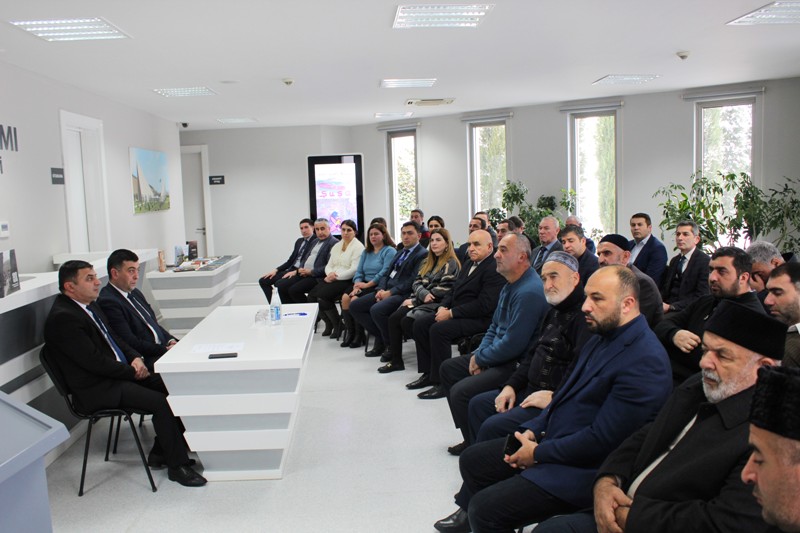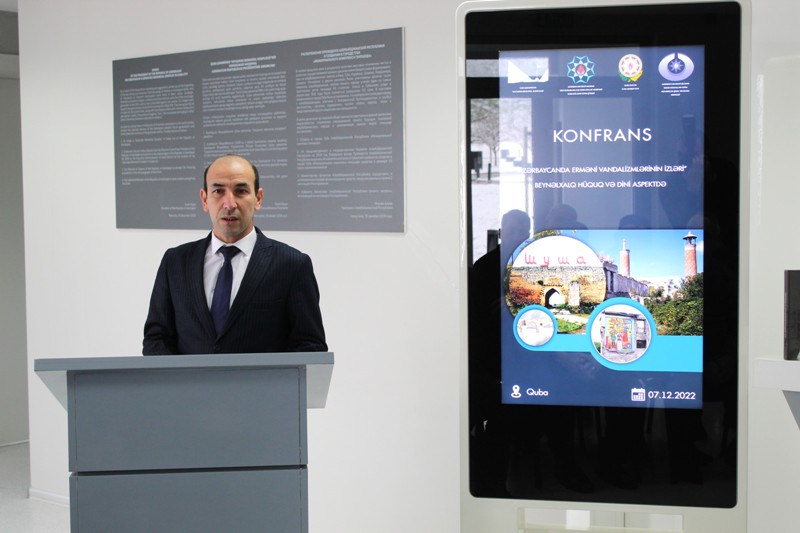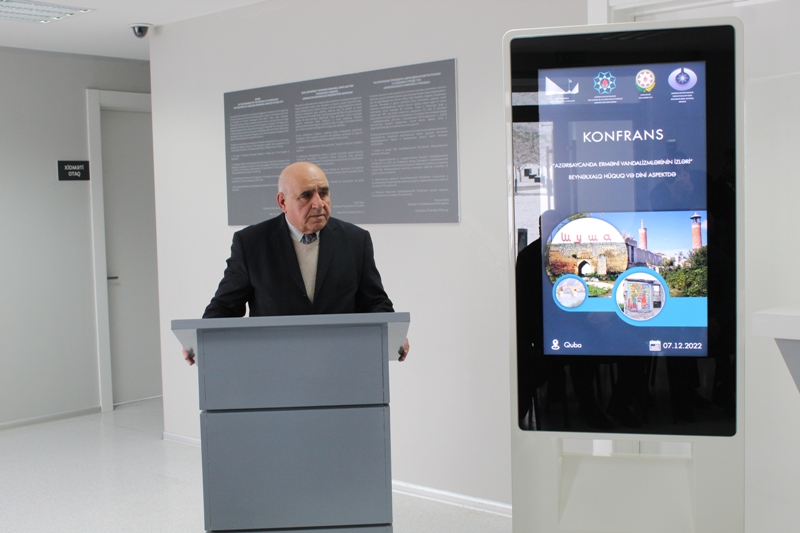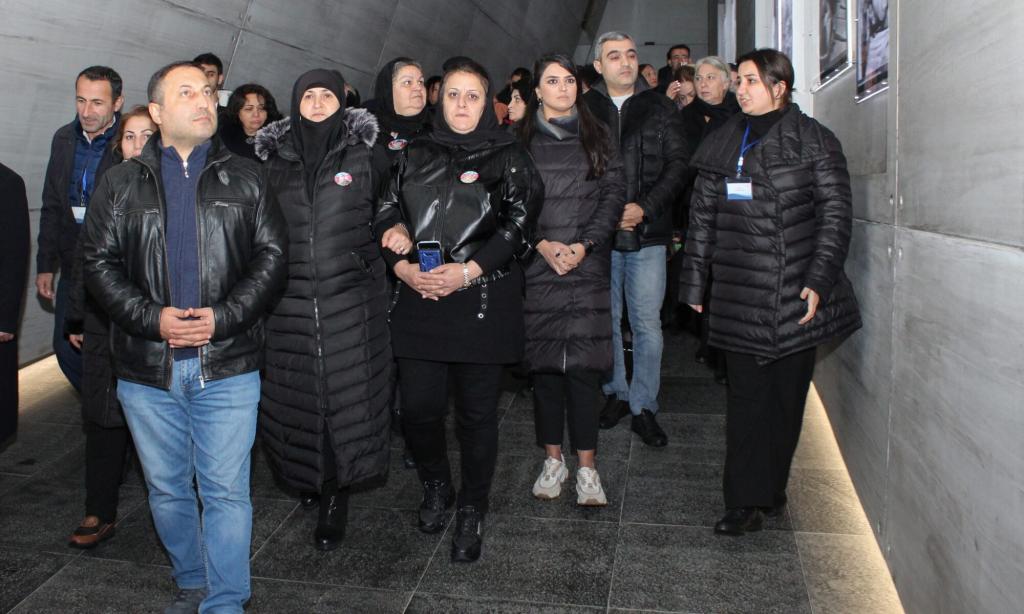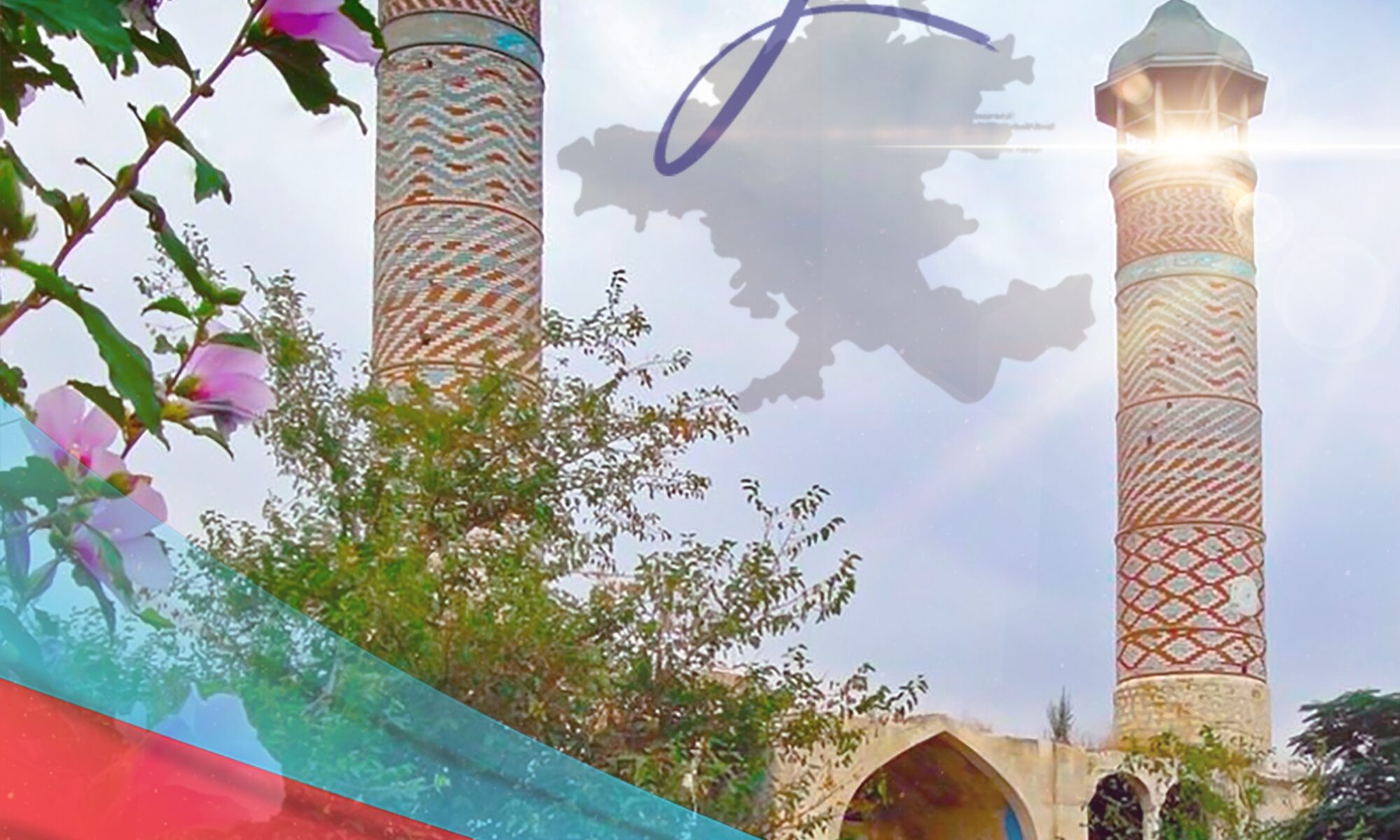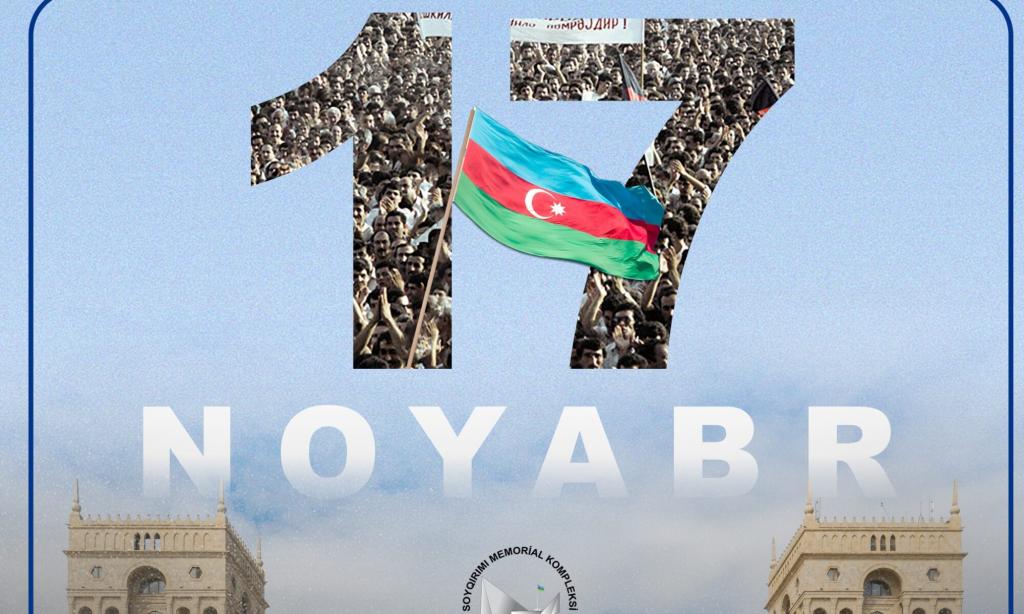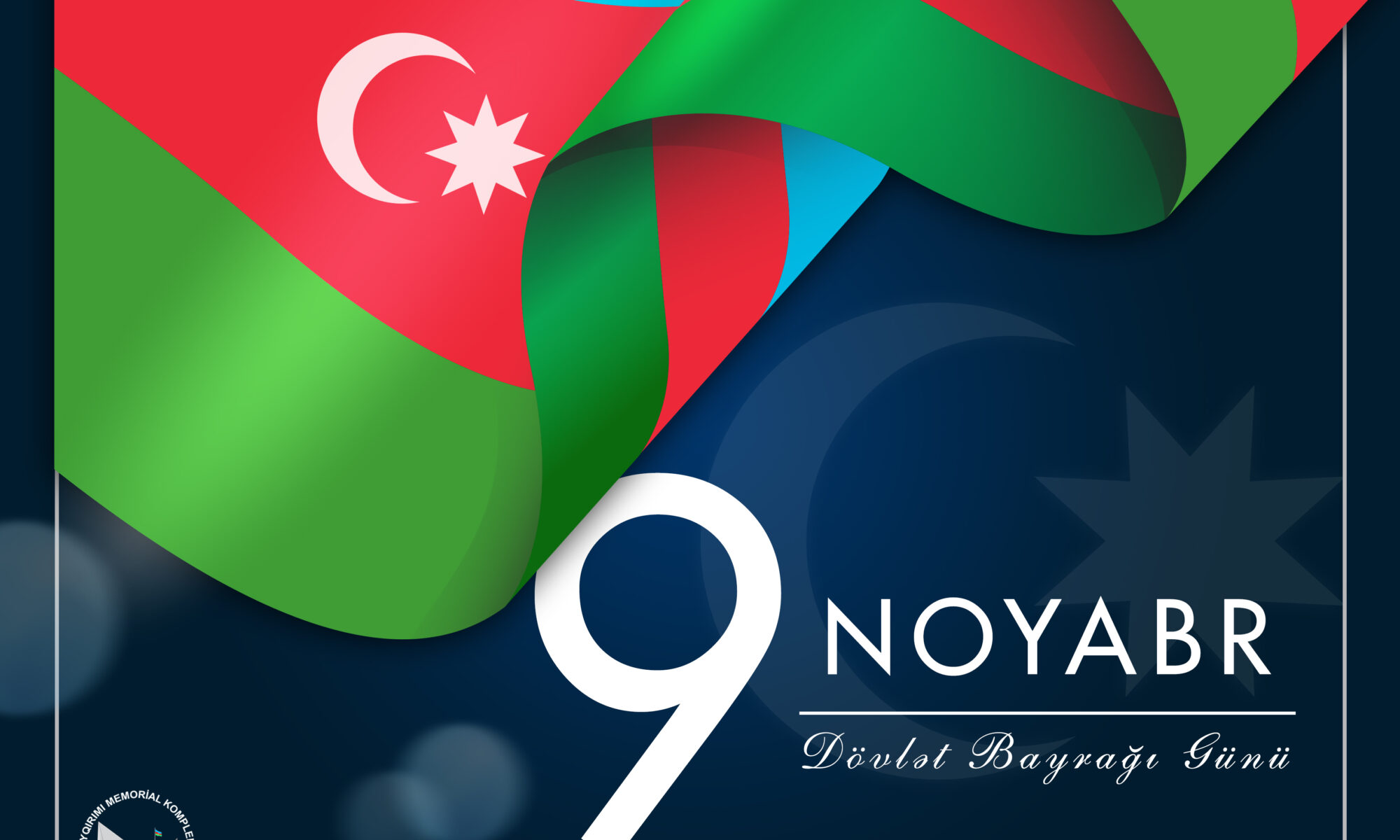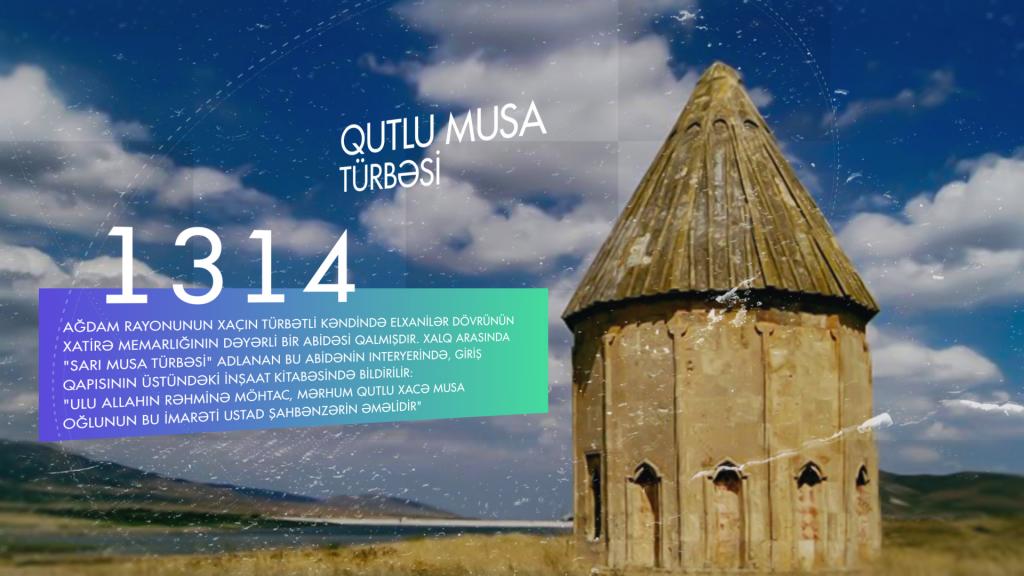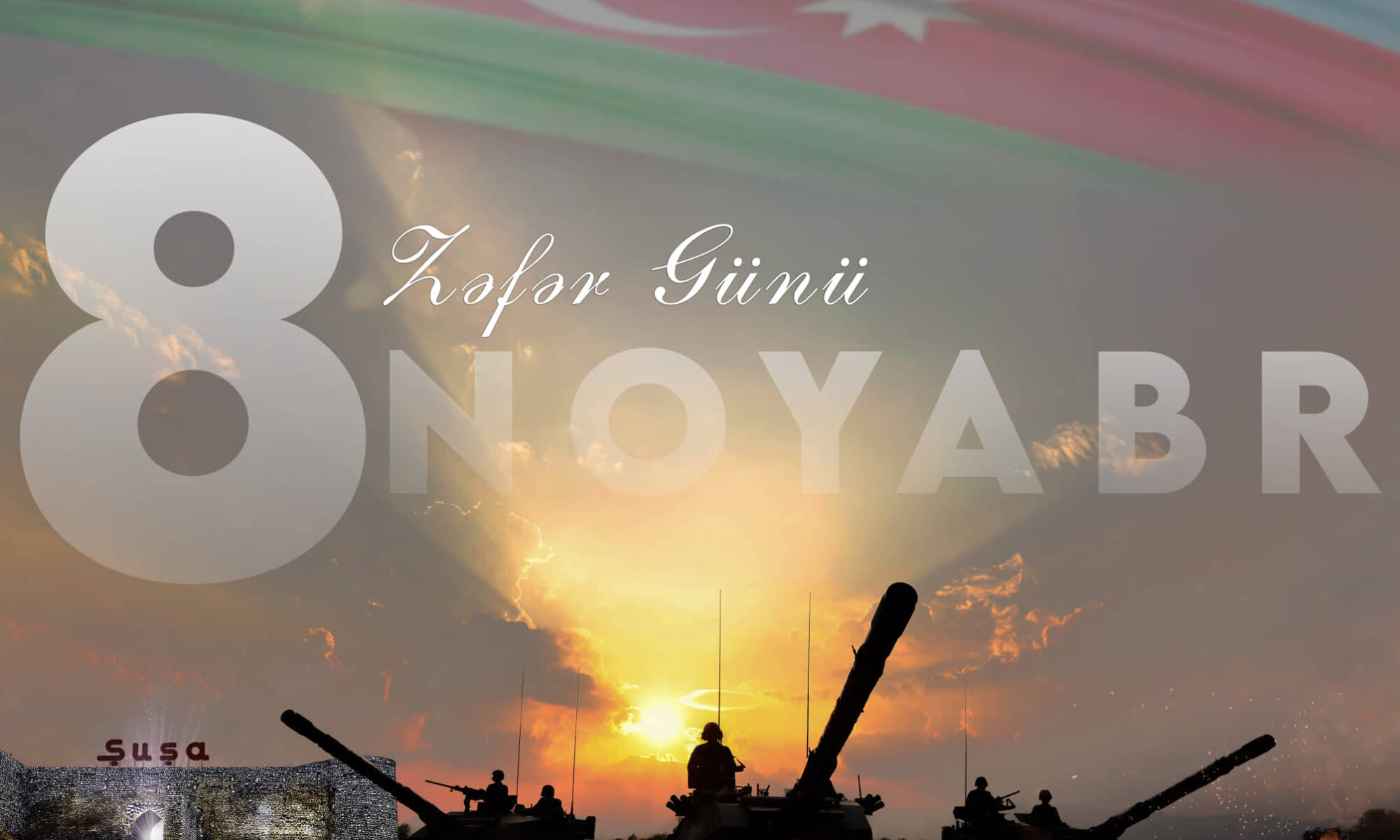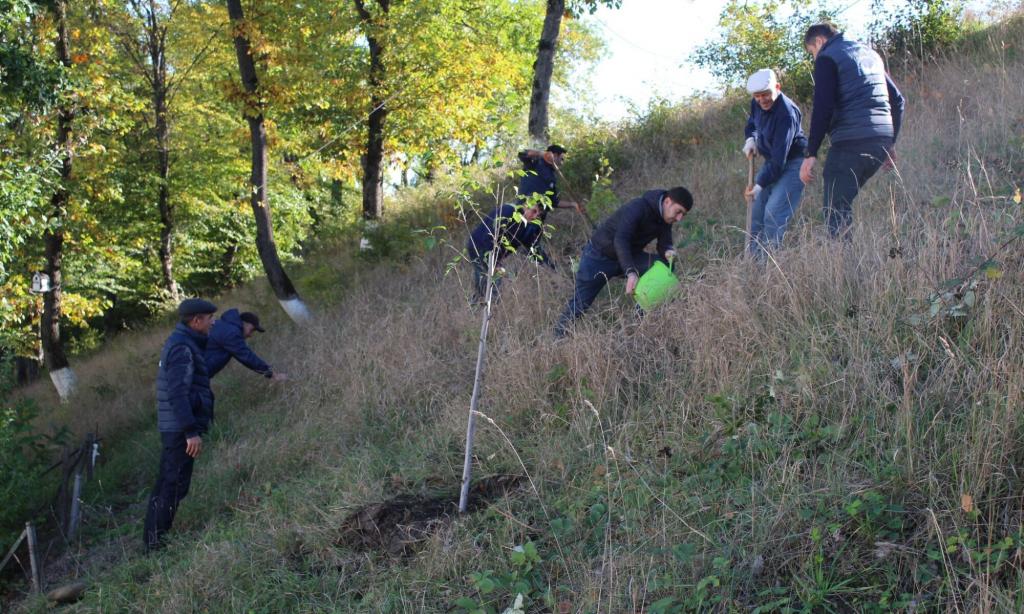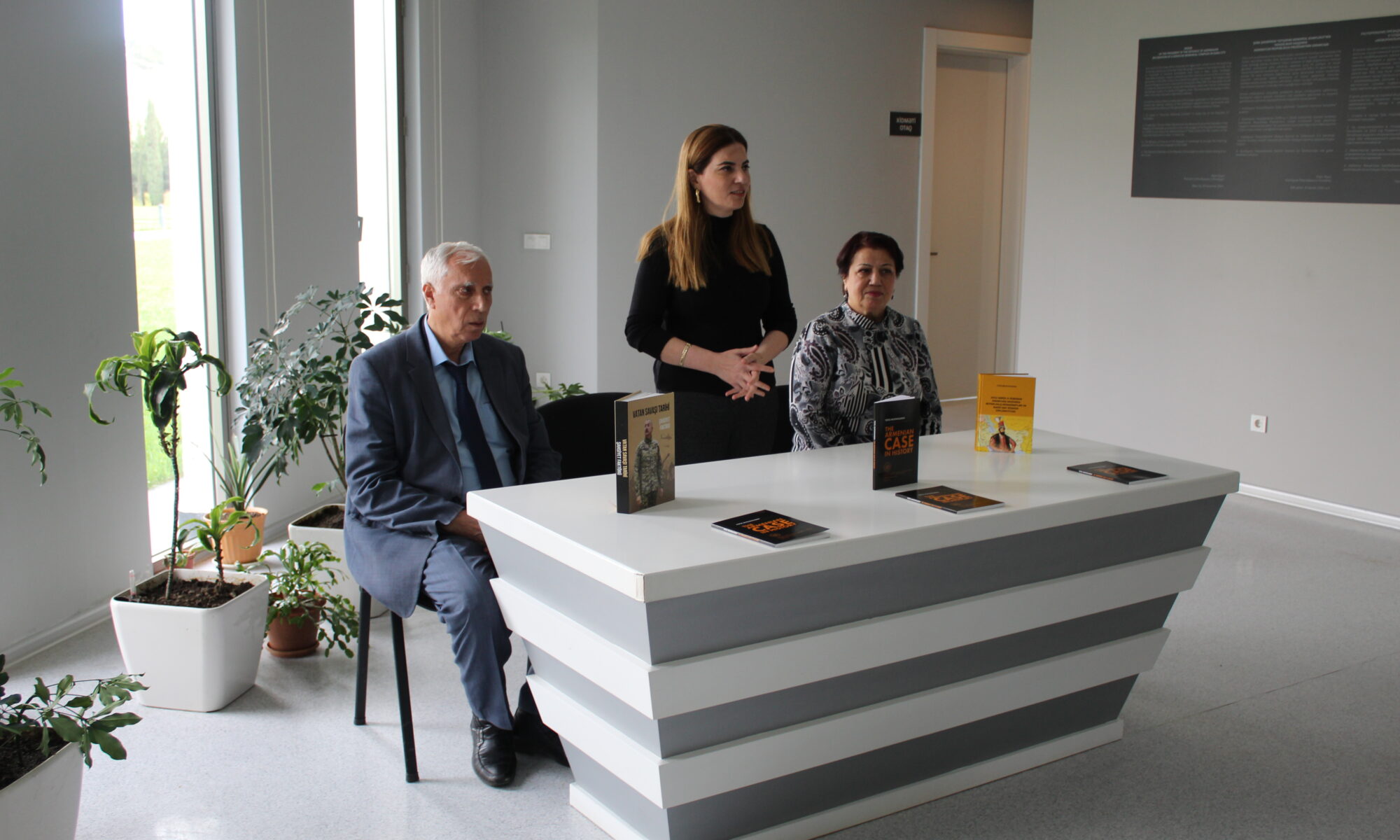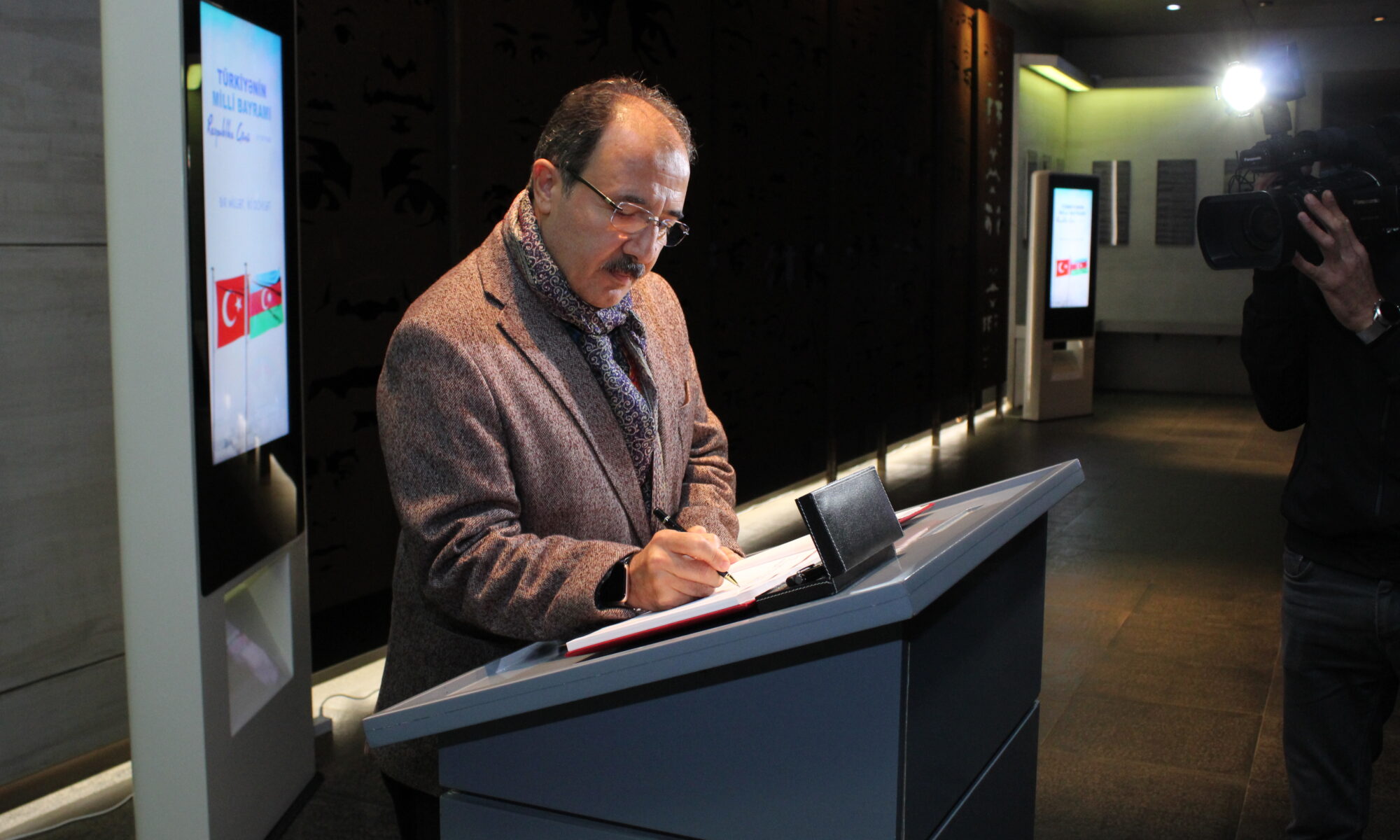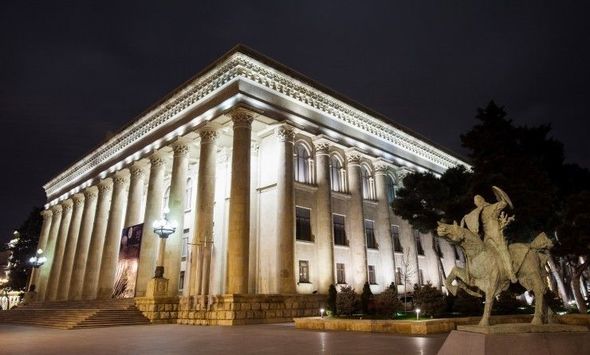
The conference "Traces of Armenian Vandalism in Azerbaijan: International Law and Religion" was co-organized by the "Genocide Memorial Complex," the Guba Region Department of the State Committee for Work with Religious Institutions, the Guba District Executive Authority (RIH), and the Northern Regional Center of the Commissioner for Human Rights.
Lachin district has received the status of an administrative territorial unit since 1930, it consists of 1 city, 1 settlement, and 125 villages.

Family members of our brave sons who died for Azerbaijan's territorial integrity in the First and Second Karabakh Wars visited the Genocide Memorial Complex as part of a visit to Guba organized by the Dayag Public Union.

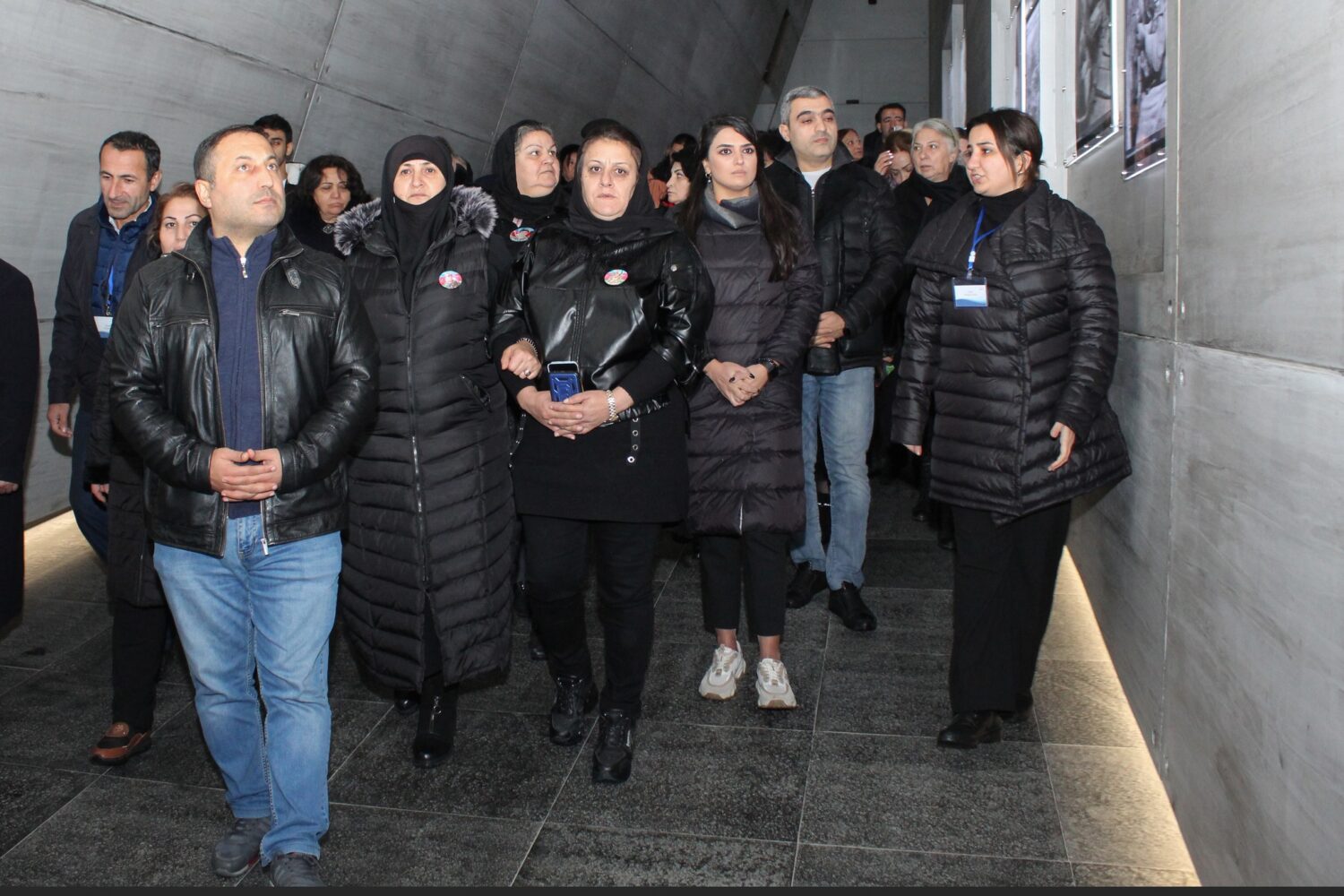
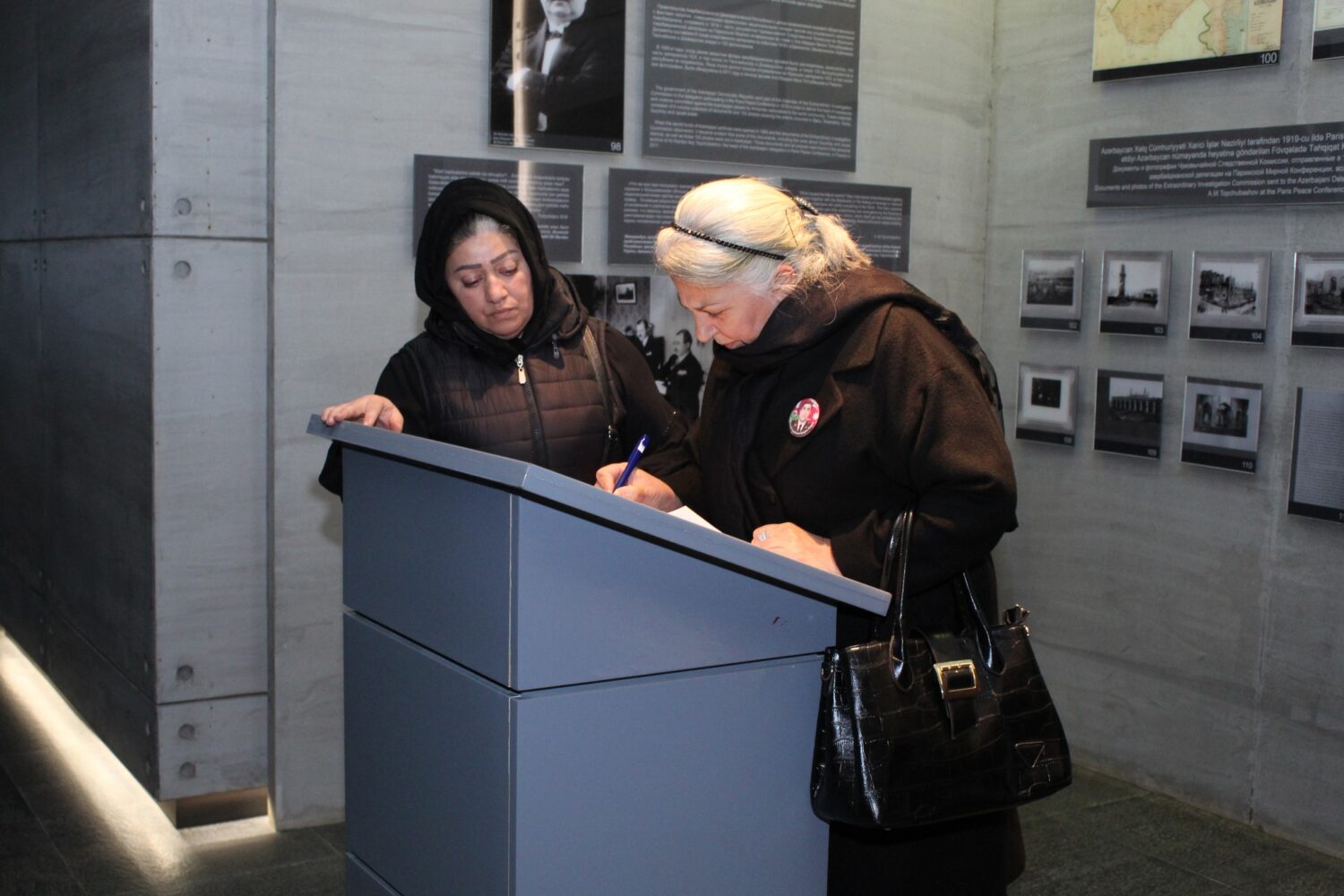
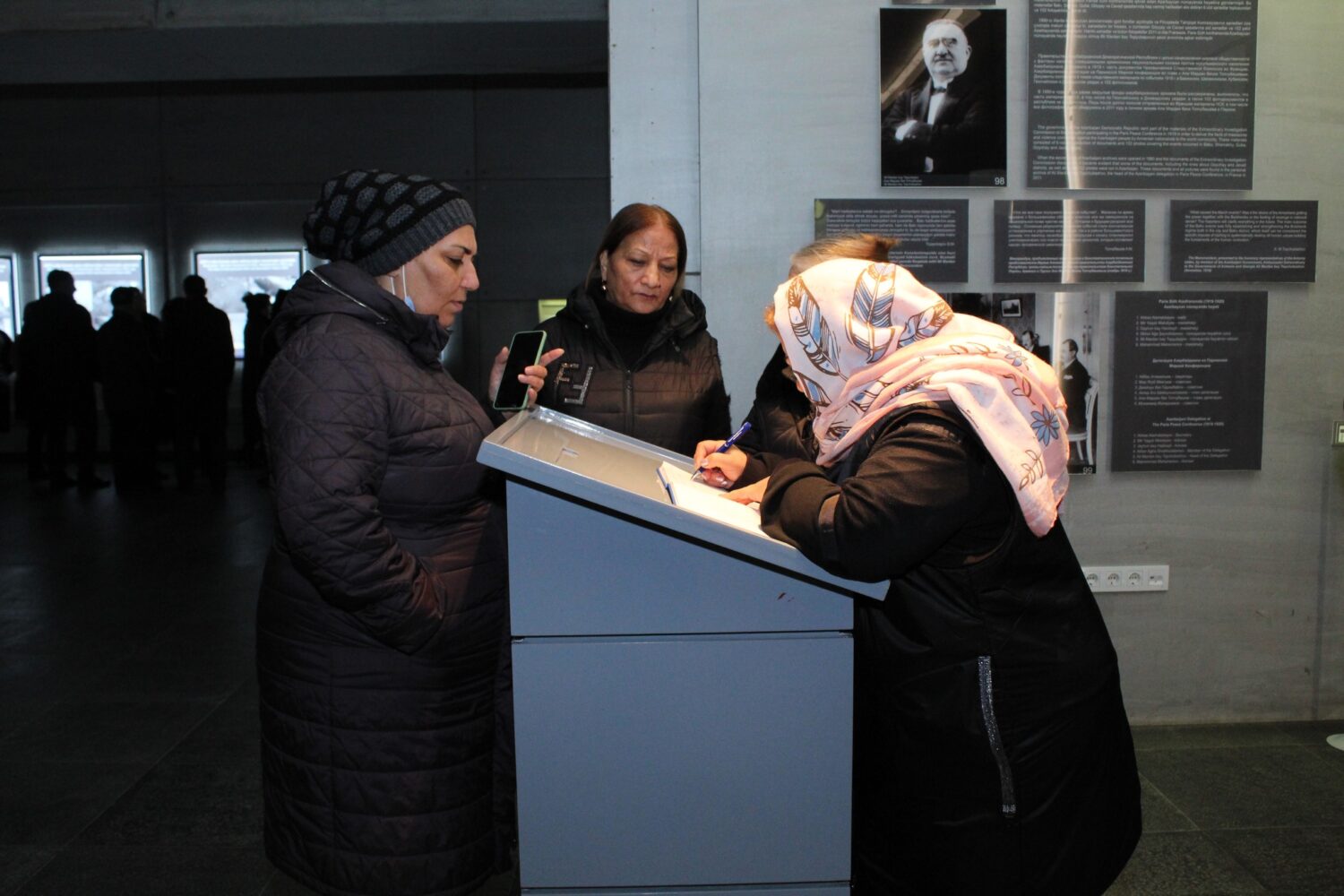

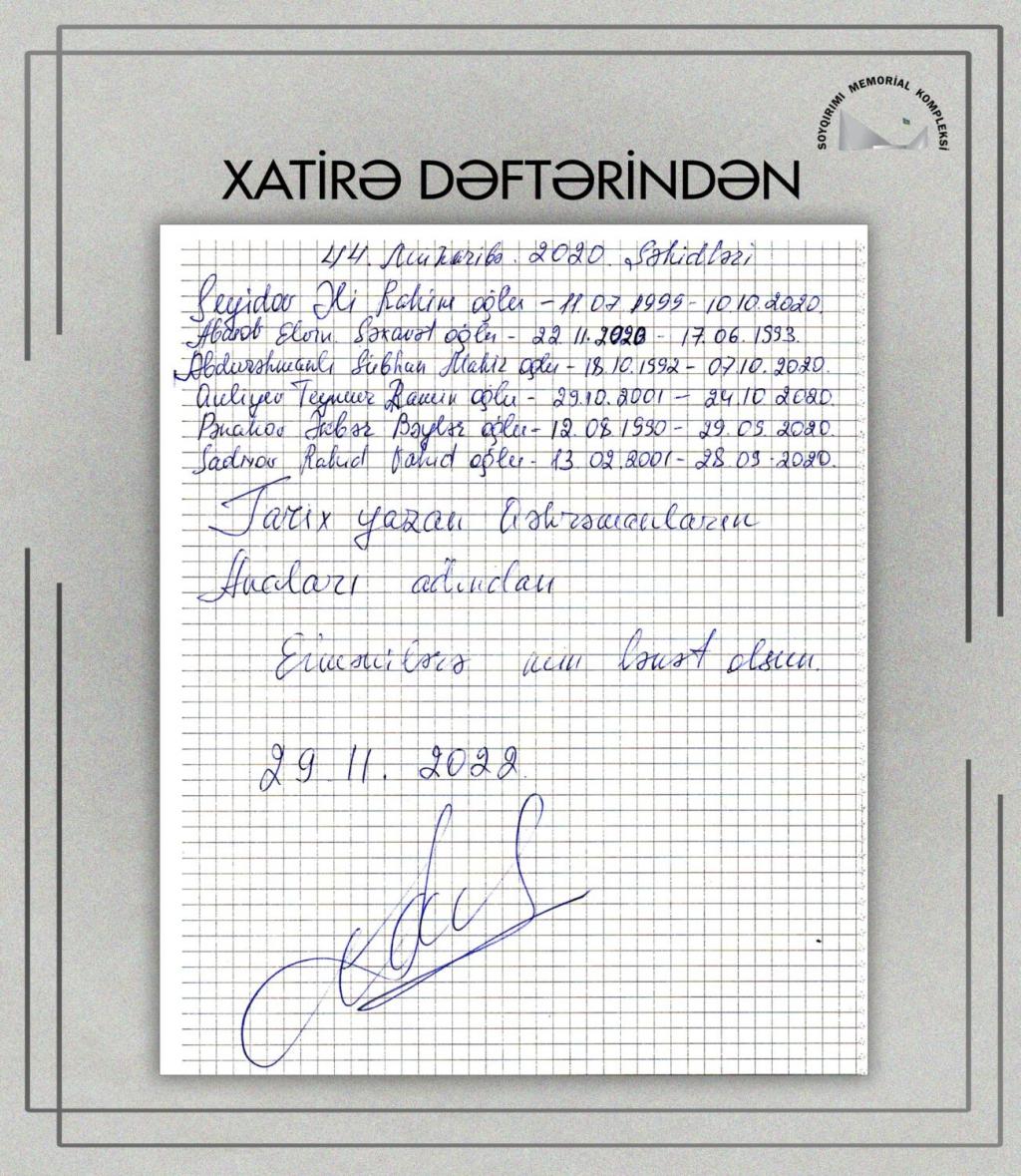
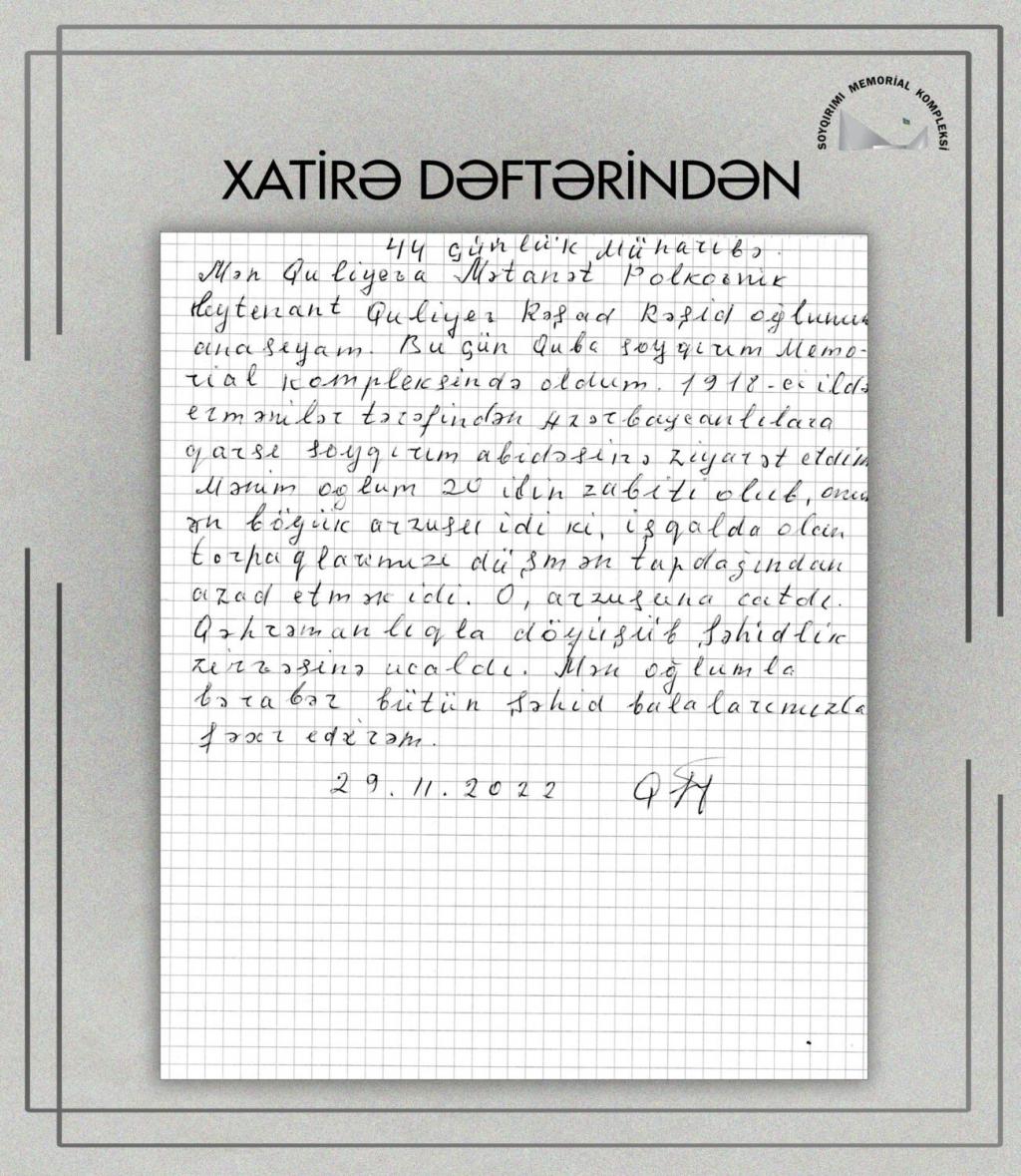
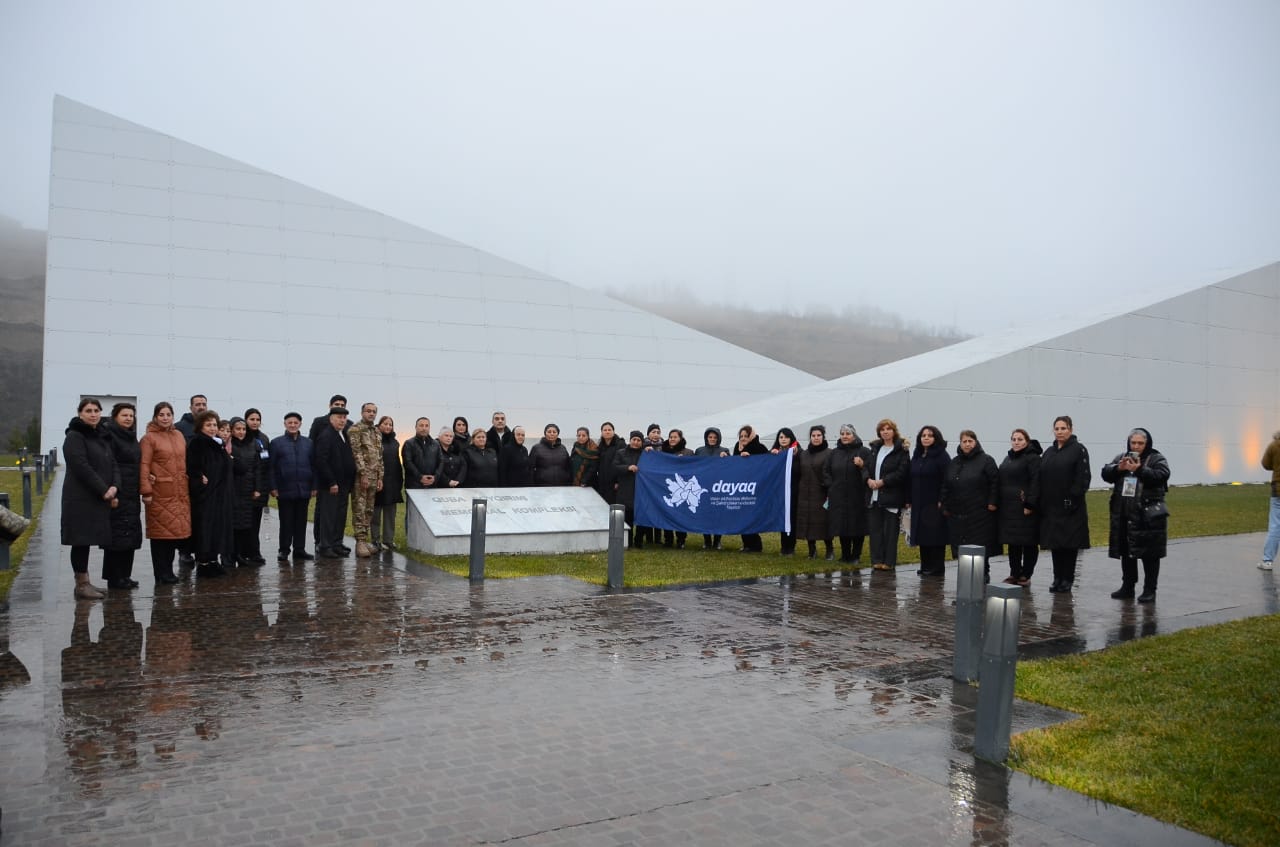
Aghdam district, created in 1930, is located in the center of Karabakh, which is the ancient and fascinating land of Azerbaijan, in the northeastern foothills of the Karabakh mountain range, in the west of the Kura-Araz plain.

Today in history: November 17 is National Revival Day in Azerbaijan.

November 9 is National Flag Day

Tomb of Gutlu Musa

November 8 is the "Victory Day" in which historical justice was restored, written with indelible traces in the history of Azerbaijan.

A cleaning and tree-planting action was held in the "Genocide Memorial Complex" in Guba on the eve of Victory Day.
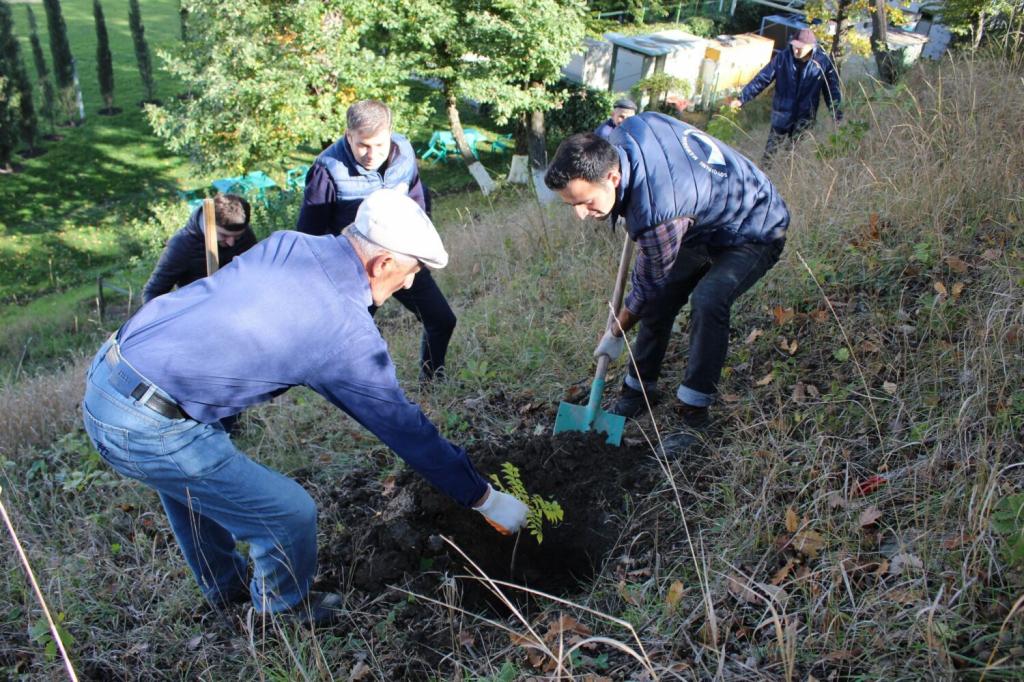
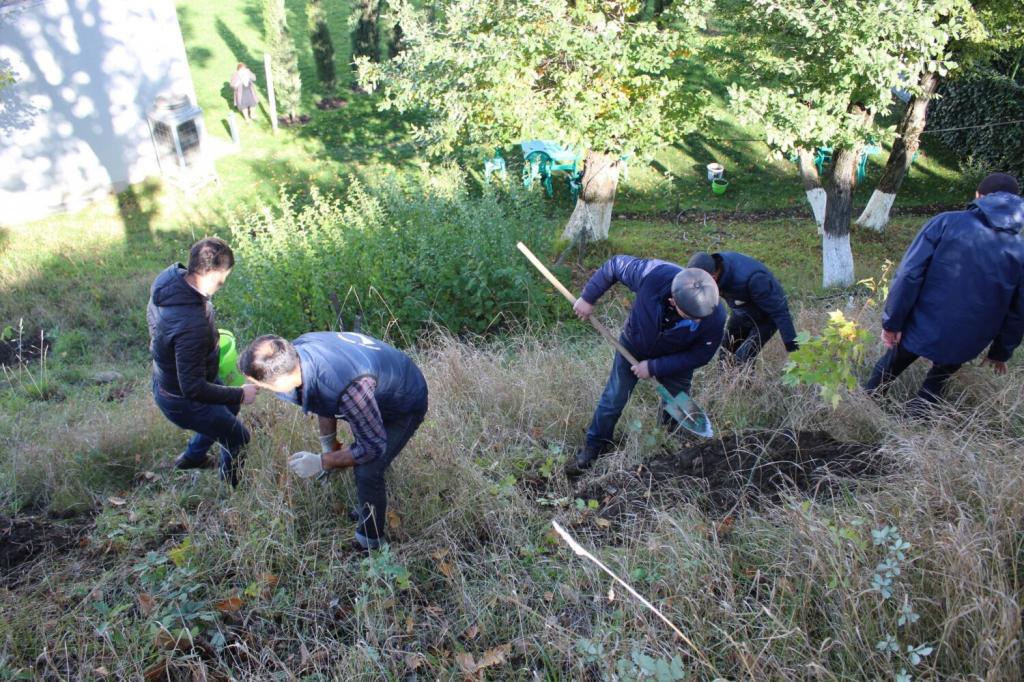
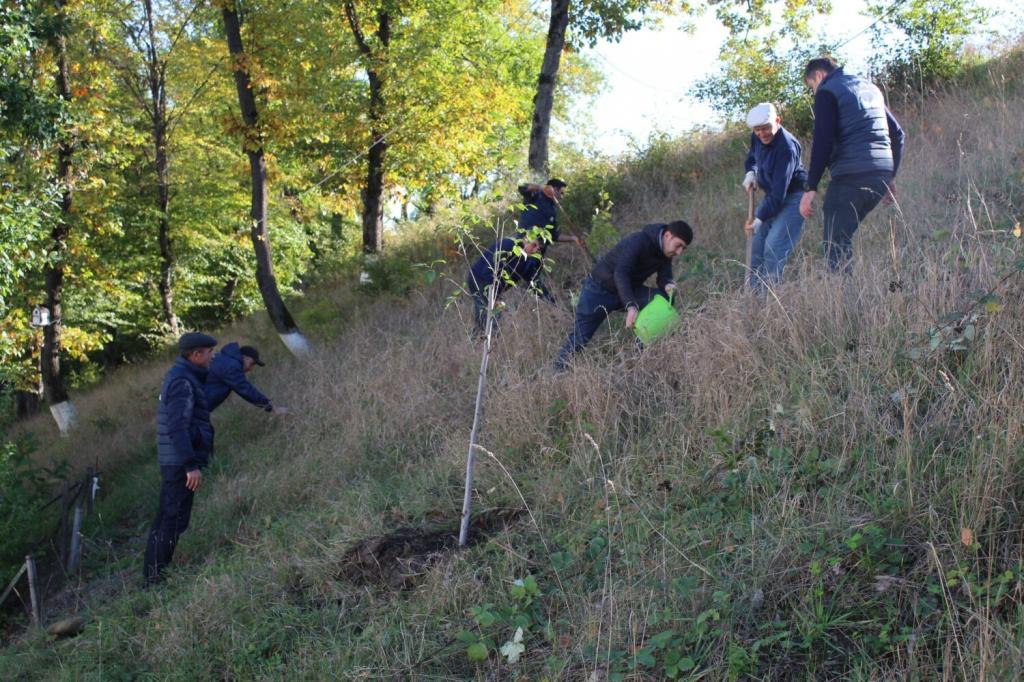
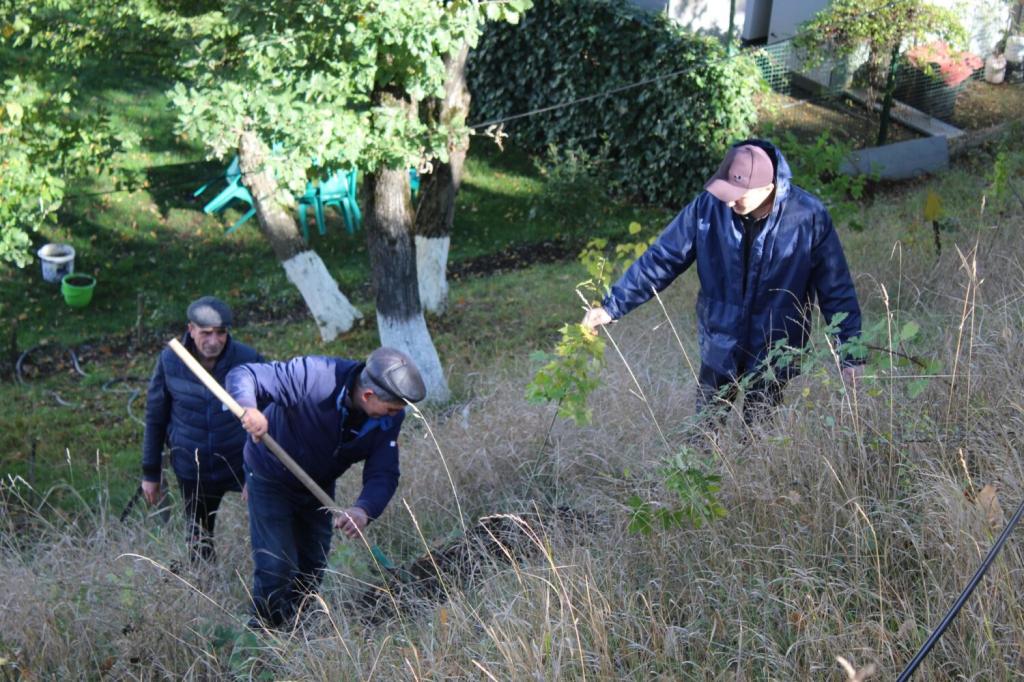
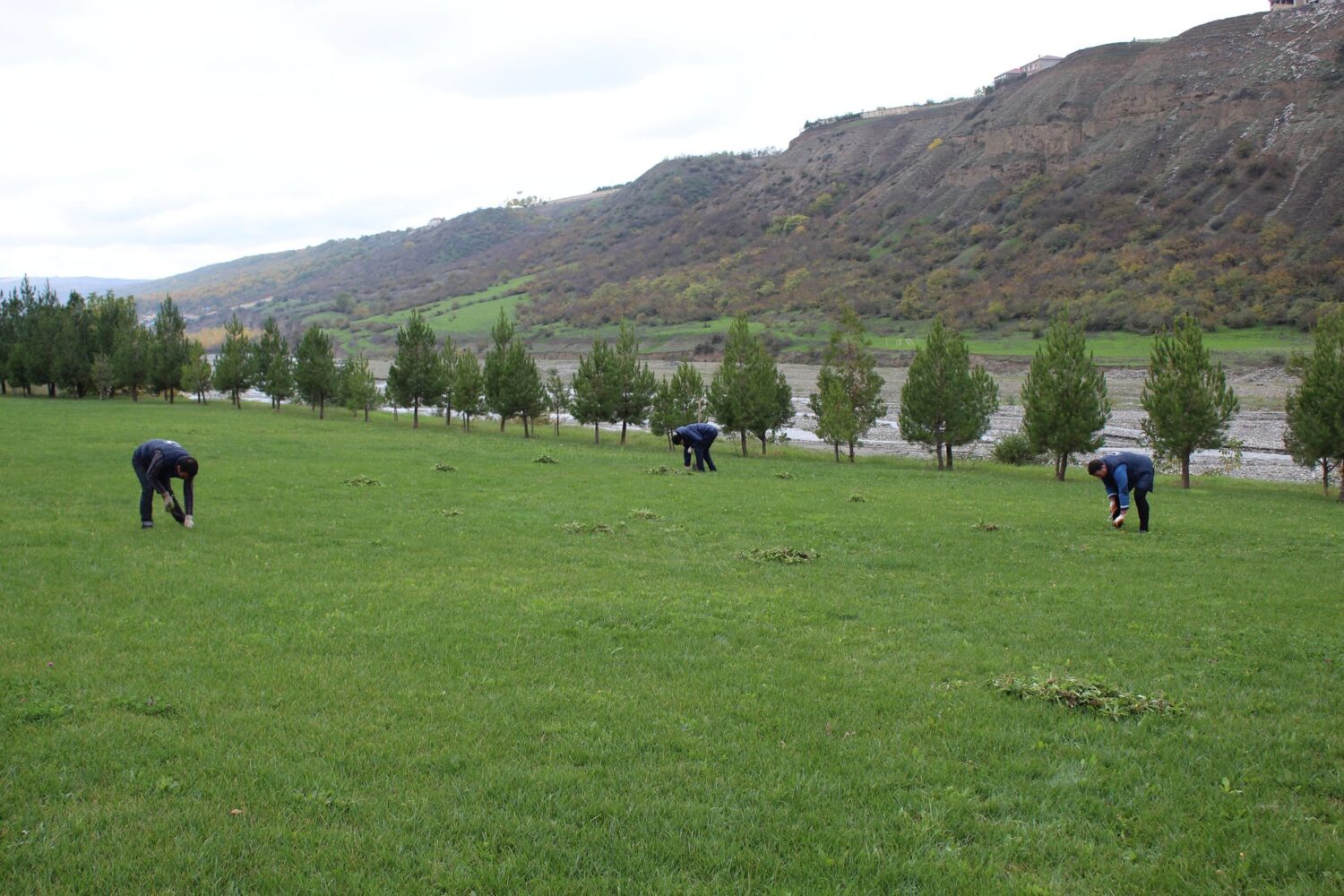
Within the framework of the year of Shusha, scientific seminars are being held at the "Genocide Memorial Complex" on the historical lands of Azerbaijan, the history of Karabakh, and the role of Shusha in the history of Azerbaijan.
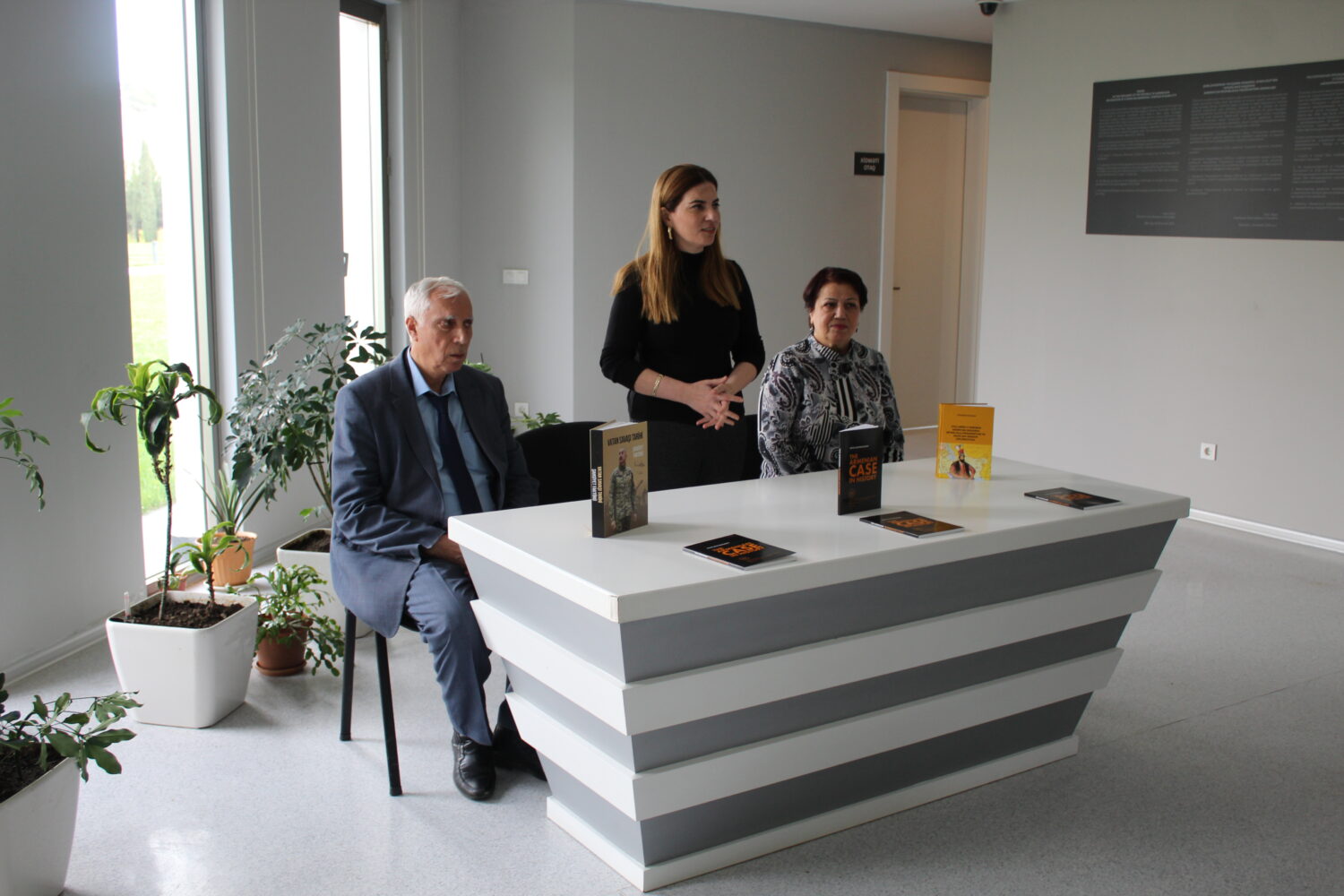

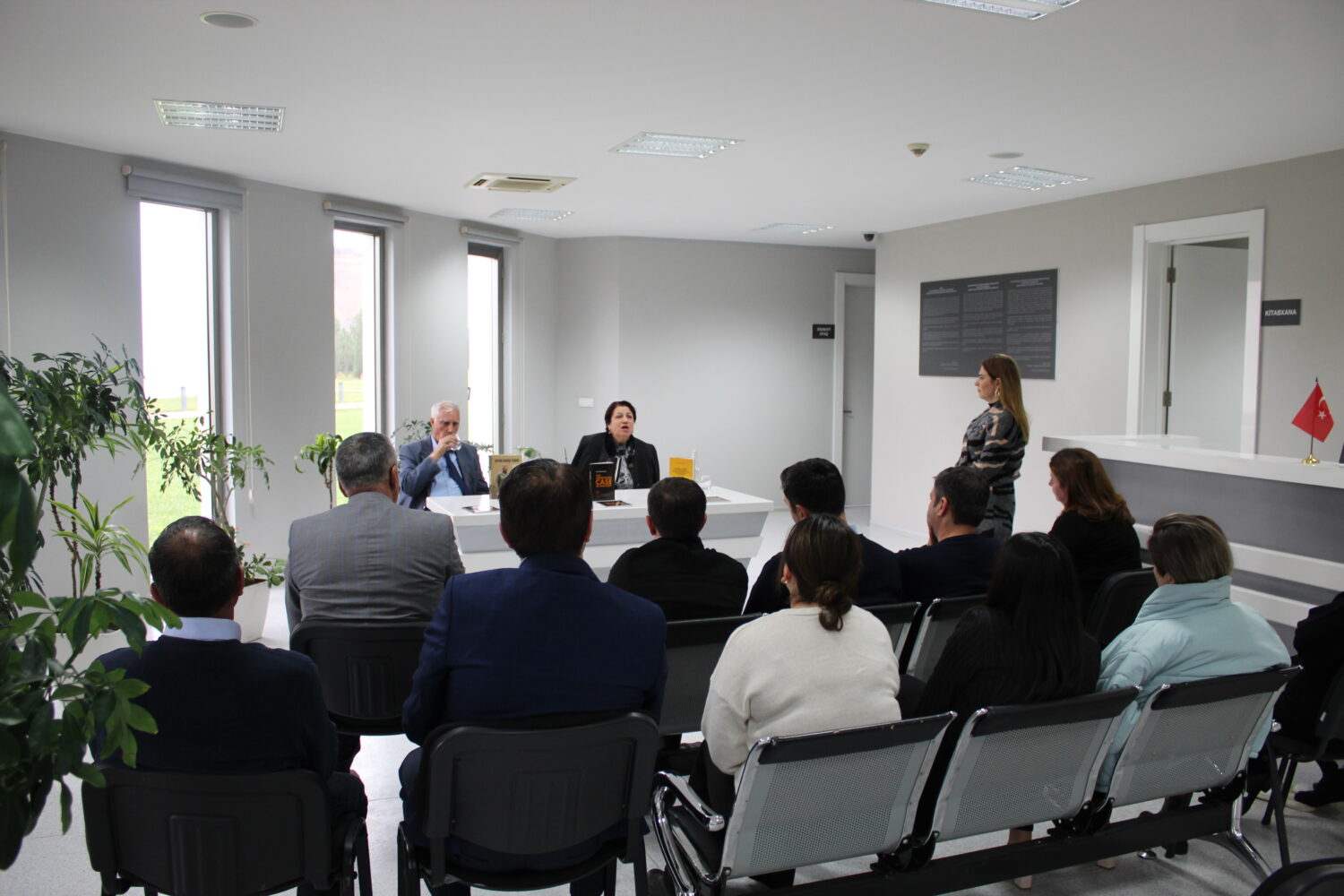
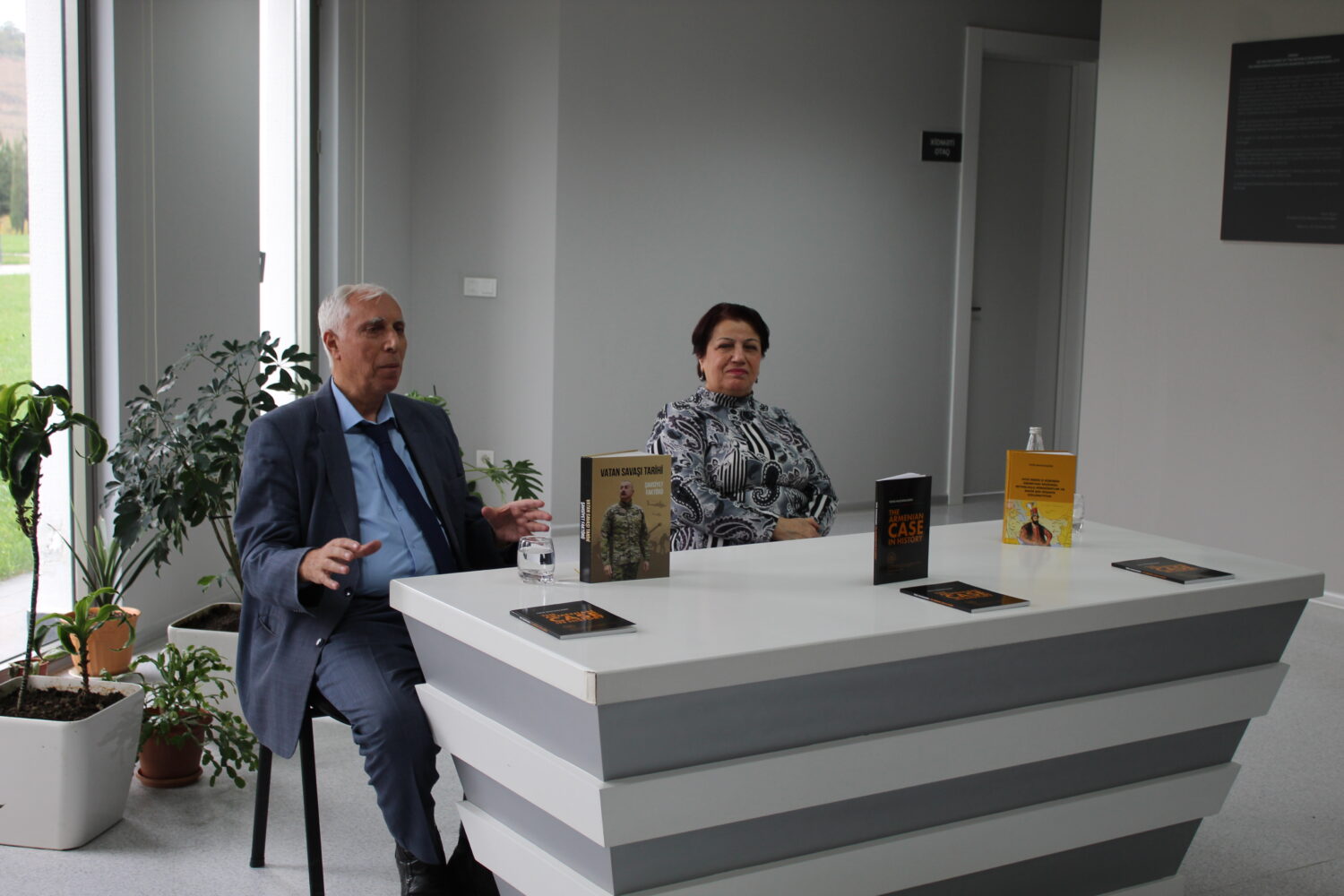
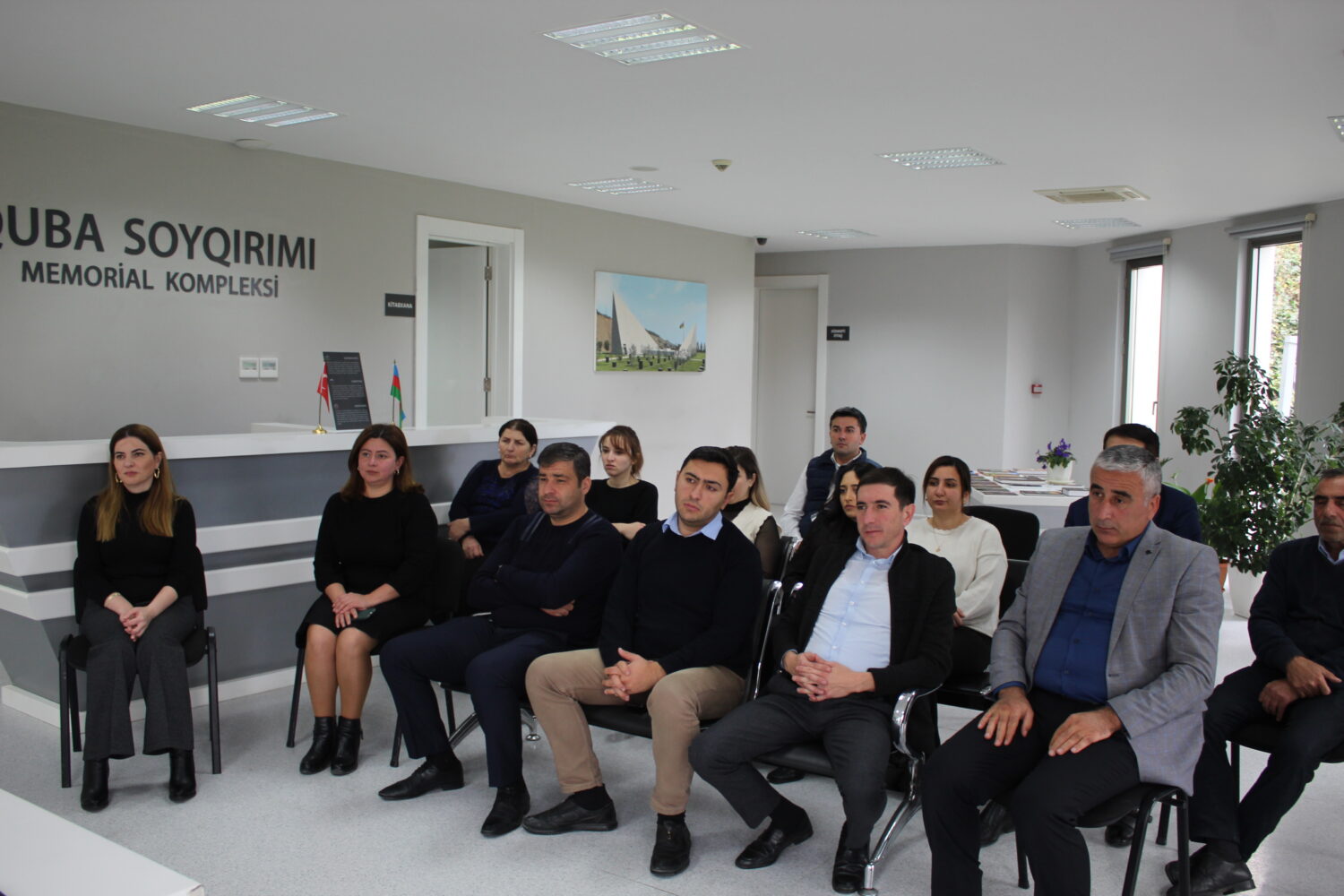

One of these seminars was held on the eve of Victory Day. Head of the “History of International Relations” department of A.A. Bakikhanov Institute of History of ANAS, doctor of sciences in history, State prize laureate Professor Tofig Mustafazade gave a speech on “History of Karabagh and Iravan Khanate” at the “Genocide Memorial Complex” in Guba. It should be noted that more than 220 scientific works of Professor T. Mustafazadeh (more than 50 of them are published) and methodical materials have been published so far. His scientific-research activity is multifaceted. The professor is engaged in research and translation of sources related to the history of Azerbaijani khanates, fight against Armenian forgery, general history. During the seminar held in the complex, the historian professor brought to the attention of the participants of the seminar the historical facts of the establishment, development and relations between the khanates of Karabakh and Iravan, as well as the periods of Armenians’ resettlement in these lands. In the end, the historian scientist donated some of the books he authored to the complex’s rare fund library.
The delegation led by the Ambassador Extraordinary and Plenipotentiary of the Republic of Turkey to the Republic of Azerbaijan, Mr. Cahit Baghçi, paid a visit Guba region. As part of the visit, the guests visited the "Genocide Memorial Complex" in Guba.









